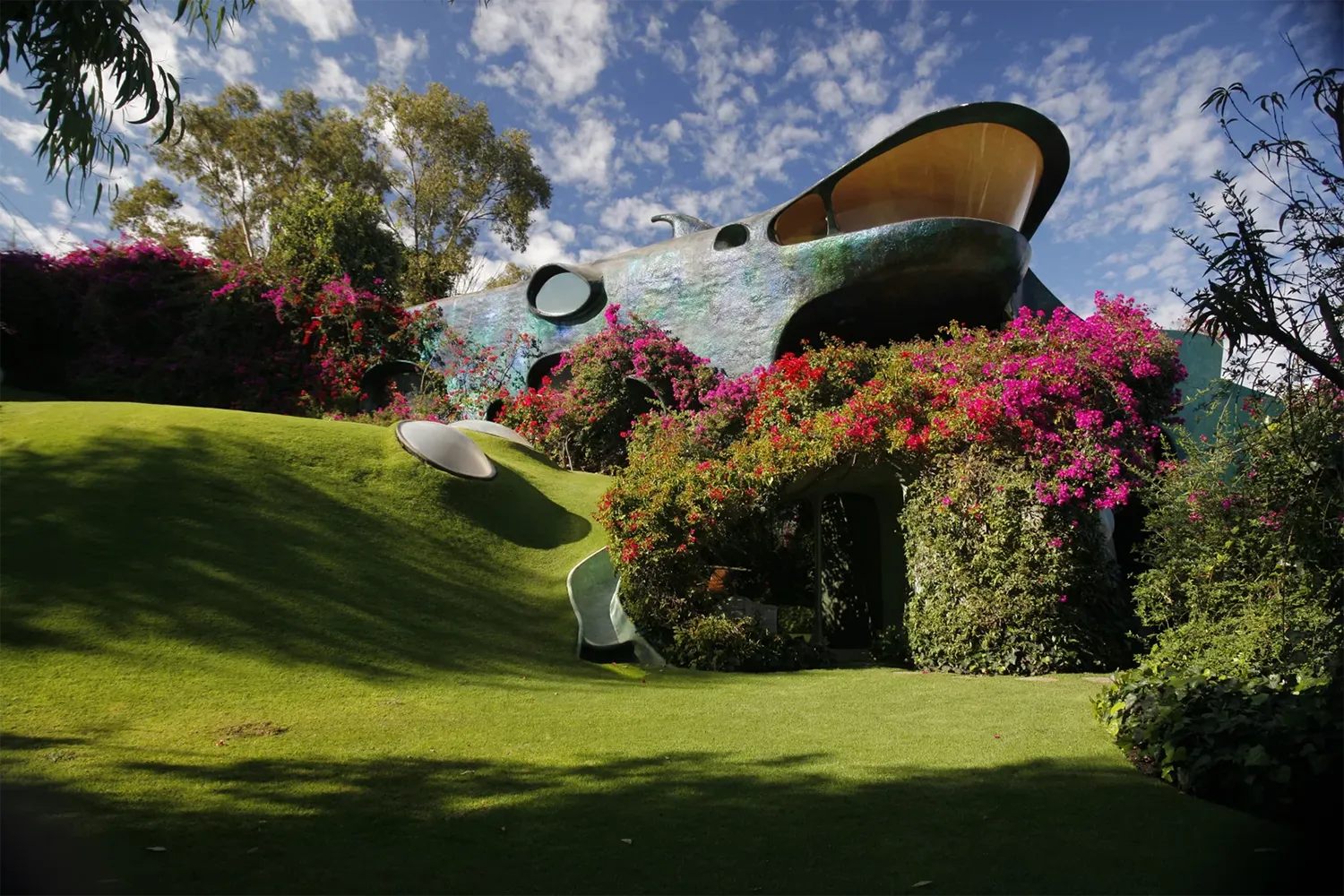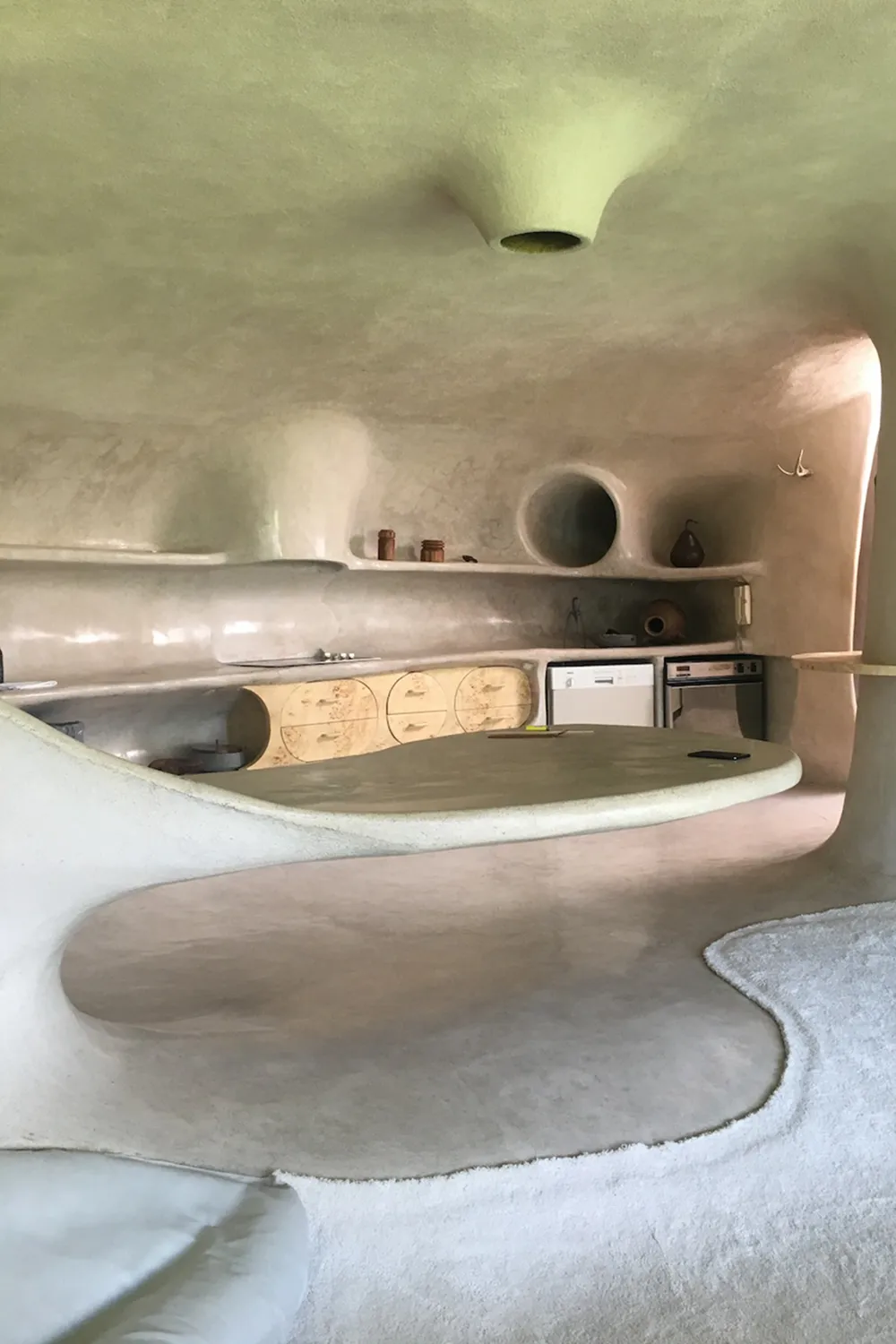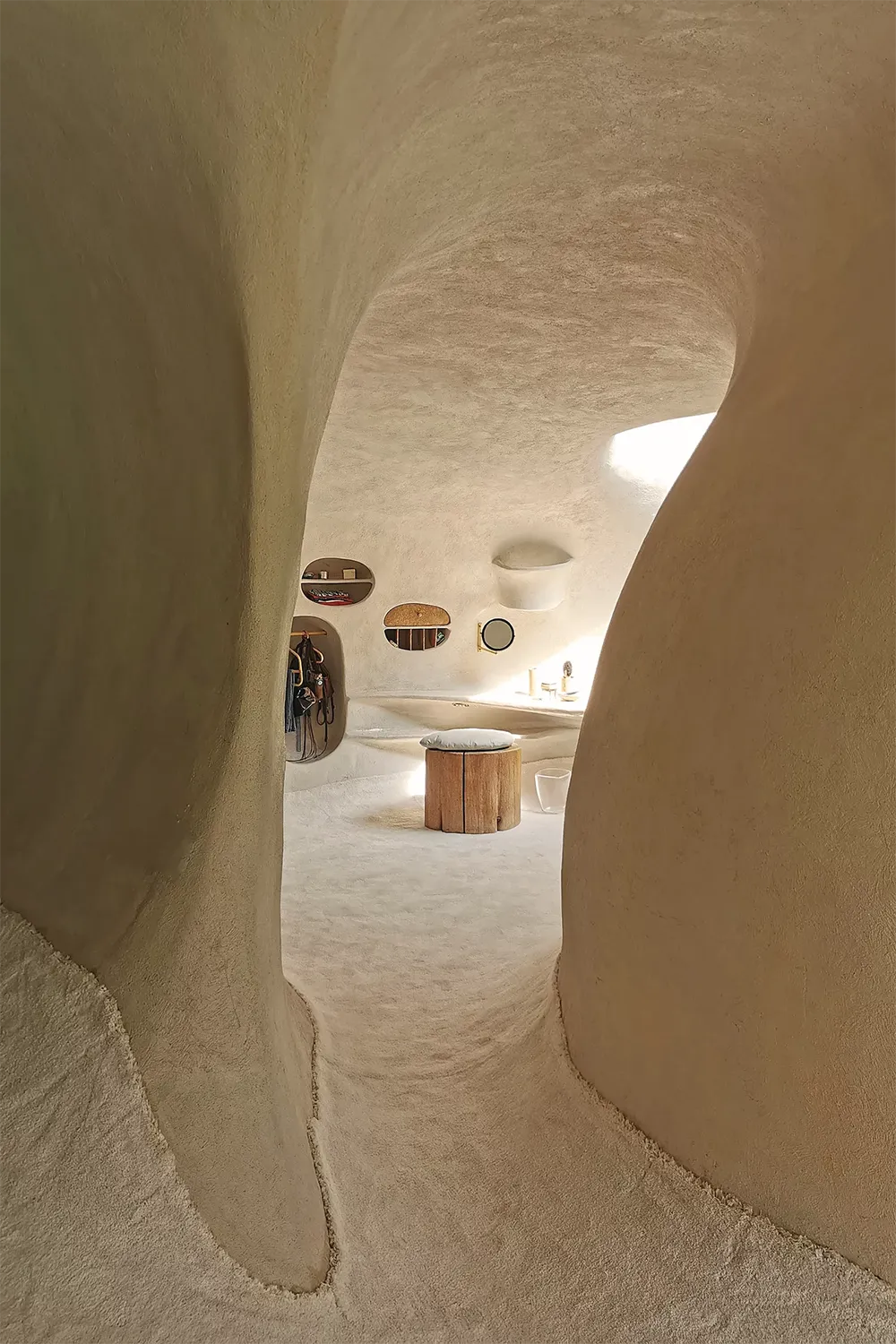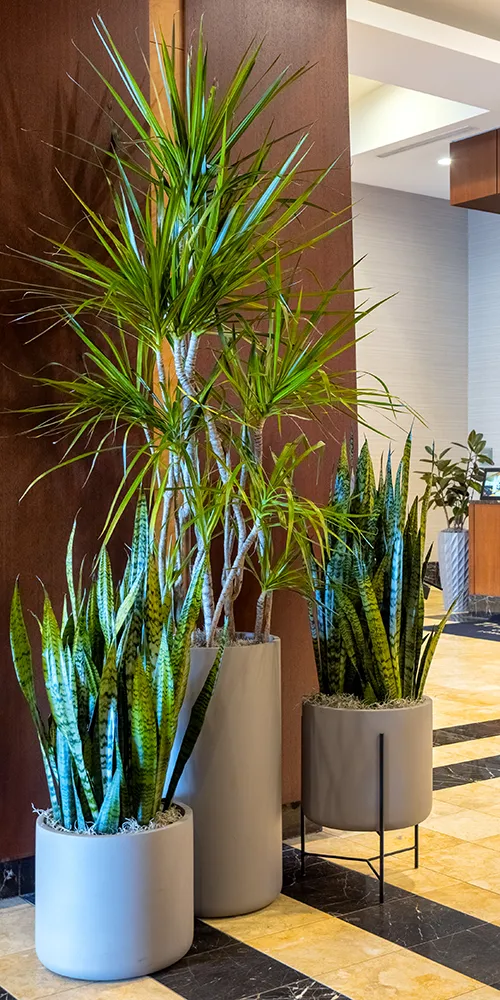Biophilic design is a return to timeless principles that great designers have always known: spaces that thrive are those that connect structure and life. It’s not a passing trend but a rediscovery of something deeply human—the instinct to feel at home in nature. As Frank Lloyd Wright said, “Love nature, stay close to nature. It will never fail you.”
The Human Connection: Core Principles of Biophilic Design
At its essence, biophilic design is about integrating different life forms (plant and human)—creating environments where living forms work in quiet harmony with architecture. It’s about designing spaces that feel alive. Skylights that bathe interiors in sunlight. Sculptural greenery that softens the edges of modernism.
This approach is not new to Amlings—it’s the foundation of how we’ve worked for more than a century. What began as a family floral and plant business has evolved into one of Chicago’s leading interior landscape design firms, trusted by Class A office buildings, luxury hotels, and landmark properties. Our design-first philosophy ensures that every installation—whether a lobby statement piece or a lush rooftop terrace—feels intentional, elegant, and connected to its surroundings.
This philosophy mirrors the vision behind celebrated organic works like Casa Orgánica by Javier Senosiain—a structure where form and function coexist in effortless flow. Its design, like all biophilic spaces, rejects rigidity. It follows the curves of the earth, inviting light and shadow to move through it naturally. The lesson is simple: when we design in conversation with nature rather than in control of it, we create places that feel timeless, restorative, and deeply human.




Why Biophilic Design Matters: Research and Results
Research from the International Living Future Institute and the American Society of Interior Designers has shown that spaces enriched with natural elements profoundly affect how people think, work, and feel. Employees are more engaged, guests stay longer, and visitors describe a sense of calm that lingers. For property managers, designers, and hospitality brands alike, the benefits extend beyond beauty—they shape brand perception and experience.

Biophilic design also carries a quiet sense of responsibility. Guided by the sustainability principles of the U.S. Green Building Council (USGBC), it encourages material choices and construction methods that work with the environment rather than against it.
Across Chicago’s most iconic spaces—John Hancock Center, Wrigley Building, Aon Center, and the grand interiors of The Langham Hotel—biophilic design has become a quiet revolution. It’s the art of building environments that breathe. Living walls that thrive against steel and glass.
For more than a century, designers and horticultural innovators have carried this philosophy forward, shaping how cities like Chicago experience nature indoors. Their commitment to craftsmanship, design integrity, and sustainability continues to redefine how we think about biophilia in the built environment.
Because when design breathes, so do we.

